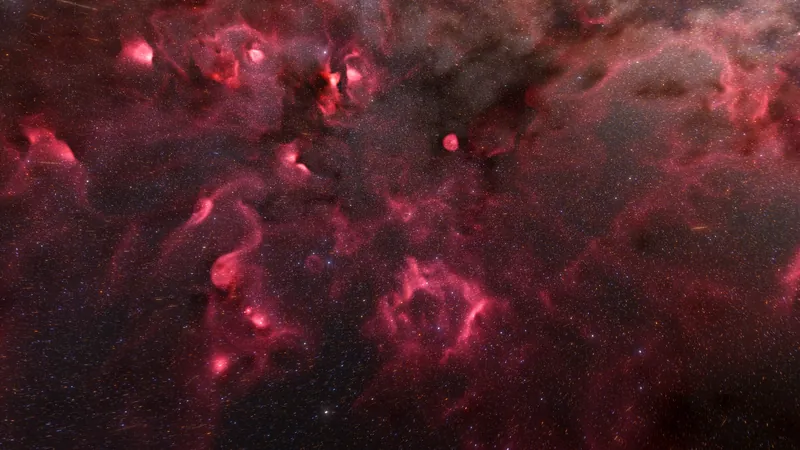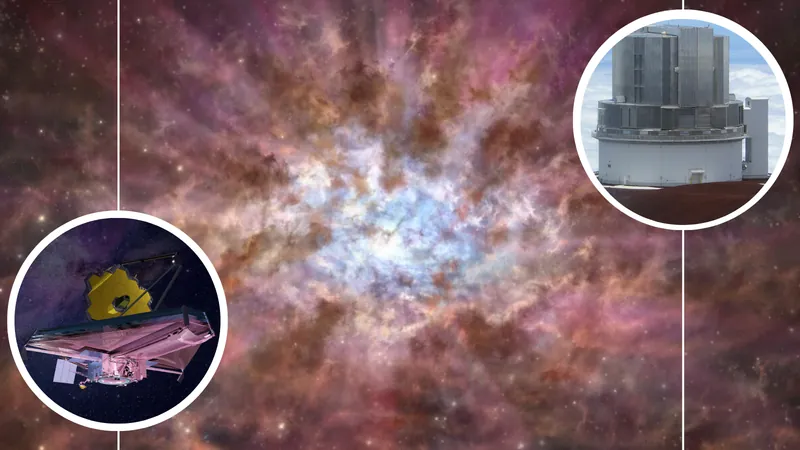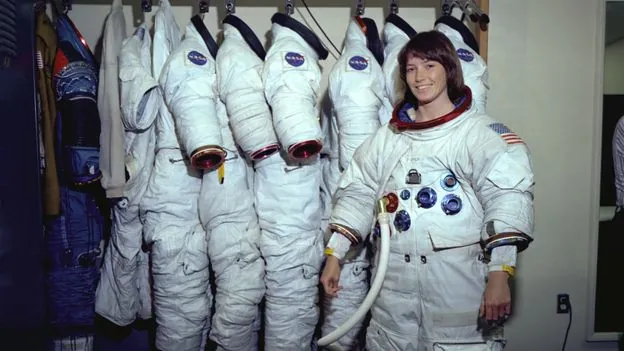
Discover the Stunning 3D Map of Stellar Nurseries in the Milky Way!
2025-09-16
Author: Li
Unveiling the Milky Way's Birthplace of Stars
Hold onto your telescopes, as scientists have just unveiled an extraordinary 3D map of star-forming regions in the Milky Way! Built from Gaia's meticulous observations of 44 million ordinary stars and 87 rare O-type stars, this map stretches an impressive 4,000 light-years from Earth, with the Sun nestled at its center.
What Are O-Type Stars?
O-type stars are the galaxy's heavyweights—immense, intensely bright, and sizzling hot. They emit powerful ultraviolet light that can strip electrons from hydrogen atoms, resulting in 'ionized' hydrogen gas surrounding them. This unique feature alerts astronomers to zones where stellar births are happening, but until now, their three-dimensional structure was a mystery.
A Galactic Perspective: What Would It Look Like?
Imagine observing the Milky Way from a neighboring galaxy! While no spacecraft can venture outside our own, the Gaia mission is crafting the most accurate multi-dimensional map of our galaxy, allowing astronomers to infer its breathtaking appearance.
Gaia's Revolutionary Contributions
Gaia's stellar maps provide a complete 3D perspective—incorporating spatial coordinates and velocities—that offers unprecedented insights into our solar neighborhood. 'This is the first accurate portrayal of our section of the Milky Way from above,' states Lewis McCallum, an astronomer at the University of St Andrews, and lead author of two pivotal studies related to this groundbreaking model.
Tour the Nebulae!
This innovative 3D map captures stunning visuals of iconic stellar nurseries, including the Gum Nebula, North American Nebula, California Nebula, and Orion-Eridanus superbubble, letting us virtually fly around these vibrant regions where new stars ignite.
Understanding Stellar Energetics
With this new mapping tool, astronomers can investigate how massive O-type stars energize surrounding gas and the extent of their influence. Early findings show signs of gas clouds venting into a gigantic cavity, highlighted in animated visuals that showcase the stunning interaction between radiation and interstellar materials.
What’s Next for Gaia?
The journey doesn’t end here. This initial map encompasses only a fraction of the Milky Way, with plans to expand it even further. 'The computational demands to create this high-resolution map were immense,' Lewis notes. 'With future data releases from Gaia, we anticipate an even greater understanding of our galaxy's sprawling star-forming regions.'
The Future of Galactic Research
Gaia’s continued observations will add depth to our existing knowledge, powering breakthroughs in our understanding of the cosmos. As Johannes Sahlmann, ESA's Gaia Project Scientist, puts it, 'The forthcoming data release will elevate our findings to new heights!'
An Exciting New Realm of Discovery Awaits!
This incredible work not only enhances our grasp of stellar nurseries but promises an exhilarating journey into the intricate processes shaping our galaxy. So, keep your eyes on the stars—exciting discoveries are just around the corner!





 Brasil (PT)
Brasil (PT)
 Canada (EN)
Canada (EN)
 Chile (ES)
Chile (ES)
 Česko (CS)
Česko (CS)
 대한민국 (KO)
대한민국 (KO)
 España (ES)
España (ES)
 France (FR)
France (FR)
 Hong Kong (EN)
Hong Kong (EN)
 Italia (IT)
Italia (IT)
 日本 (JA)
日本 (JA)
 Magyarország (HU)
Magyarország (HU)
 Norge (NO)
Norge (NO)
 Polska (PL)
Polska (PL)
 Schweiz (DE)
Schweiz (DE)
 Singapore (EN)
Singapore (EN)
 Sverige (SV)
Sverige (SV)
 Suomi (FI)
Suomi (FI)
 Türkiye (TR)
Türkiye (TR)
 الإمارات العربية المتحدة (AR)
الإمارات العربية المتحدة (AR)